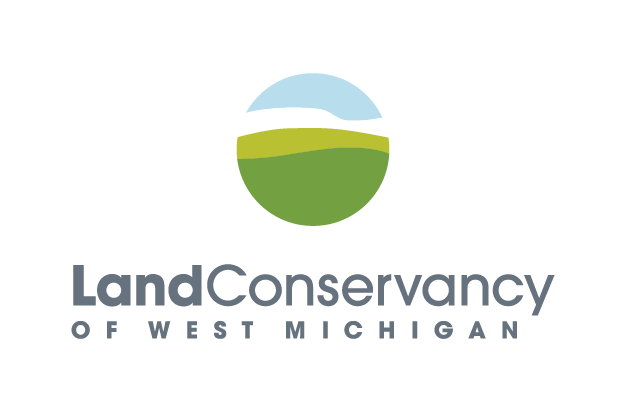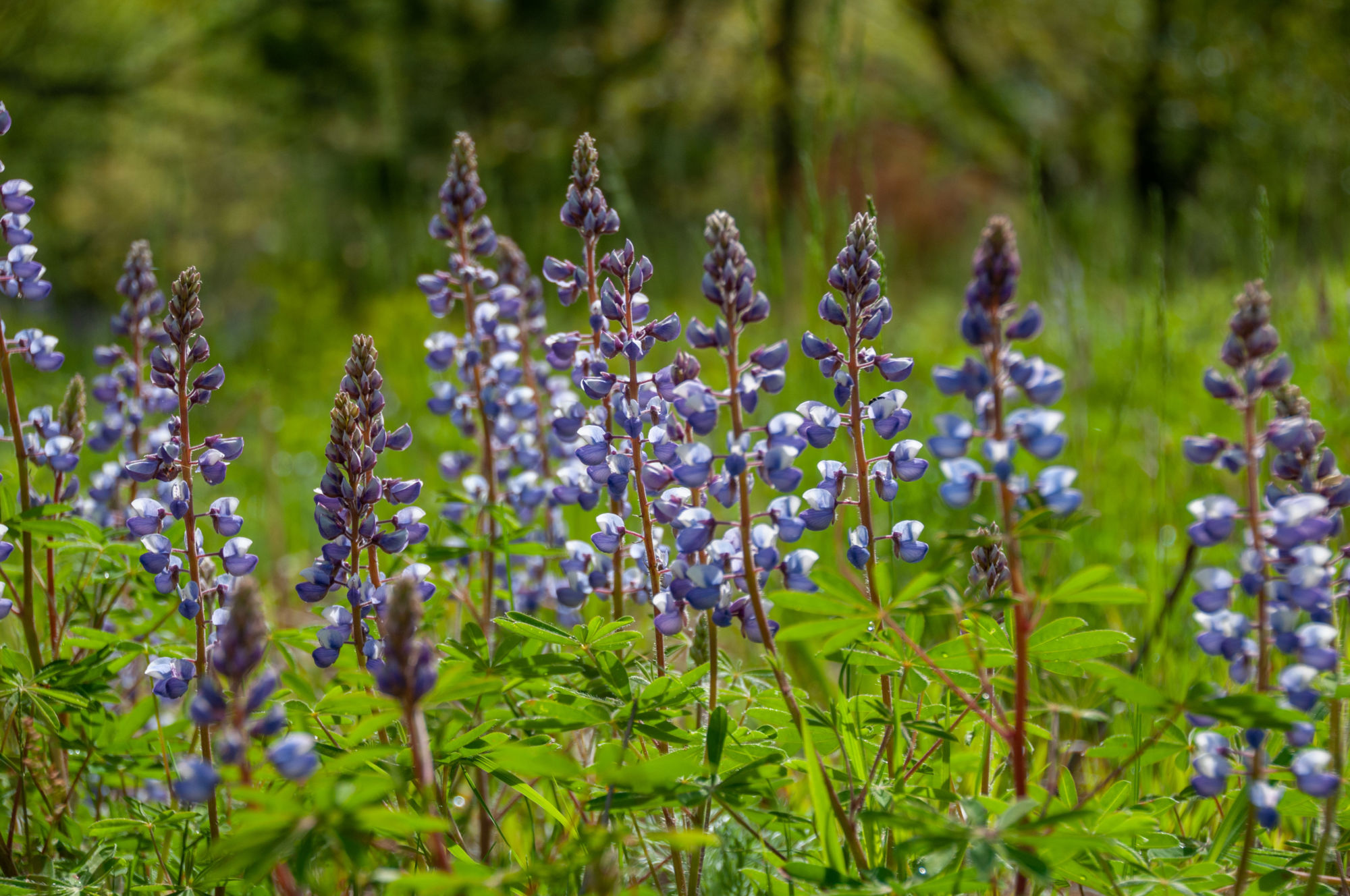Step 2: Collect Seeds
In 1999, Dwight Baker, a volunteer with a burgeoning and well-researched interest in native tallgrass prairies, looked at the preserve’s expansive old field planted with one species of non-native grass and had an idea.
“He looked at the site and said, you know, this can remain a weedy hay field for perpetuity, or we could try to construct on the site something legitimate,” said Randy Van Dragt, former LCWM board president.
“I might say that the idea seemed rather grandiose at the time, because that’s a big piece of land for a small, non-commercial group to install. And yet, he had done a lot of research on it. He knew how he wanted to do it,” Randy said.
Dwight started with a test plot—he killed a small section of the field and re-planted it with native seeds. At first, his experiment raised eyebrows and was met with some skepticism.
“If there’s an ecological virtue, persistence is one of them,” Randy said. “And [Dwight] certainly had that.”
Over time, the idea won people over, and LCWM staff and volunteers committed to transforming this field into tallgrass prairie.
“When I proposed this idea to the LCWM leaders, I promised to just stay out of everyone’s way and not generate a drain on resources,” Dwight said. “It then became clear that my thinking was too limited and insular. Other people swiftly contributed their knowledge, experience, and time to provide for better quality restoration on a much wider scale.”
Modest Beginnings
Under the guidance of LCWM’s stewardship staff, volunteers sourced seeds from prairie plants with local genotypes. This ensured that the plant community we introduced to Saul Lake Bog Nature Preserve reflected what has historically grown in West Michigan. Acquiring these seeds required visiting local nurseries and collecting from small remnant prairies scattered in unlikely places.
Dwight was joined by volunteers Chris Baer and Dave Warners to collect seeds and expand the diversity of the plant community. They processed the seeds to prepare them for planting, first in their own homes, and then later in the Land Conservancy’s offices.
“There were only three or four of us, and we divided up the seed processing and this went on for a number of years,” Chris said. “I spent weeks drying the lupine on my deck in flats waiting for them to pop. It was quite an experience, and as time went on, I had more and more flats of popping pods.”
Over the years, LCWM’s Stewardship Coordinators, Doug Powless, Melanie Manion, Jacqueline Bilello, and Justin Heslinga, each contributed unique expertise to shape the project and expand its scope. Periodic prescribed fire was introduced to maintain the habitat, first conducted by the Grattan Township Fire Department, and then later by LCWM’s own volunteer Prescribed Burn Crew.
Through changes in staff leadership, volunteers ensured the work continued.
“This project is special because it is almost entirely driven by volunteers. It was initiated by a single volunteer 25 years ago,” said Conservation Director Justin Heslinga. “Since that time, hundreds—if not thousands—of volunteers have been pivotal in every aspect of the project, including site preparation, seed collection, planting, and prescribed burning.”
This story was part of our Fall 2025 Newsletter. You can read the newsletter in its entirety here.
Would you like to receive print copies of our newsletter in the future? We mail annual supporters our newsletters twice a year. Donate to the Land Conservancy of West Michigan today, and you’ll be subscribed!









